Several decades and events proved to be defining points in St. Charles history, but none so much as the years 1920-1950. It was during this time that major factors of wealth and growth in St. Charles influenced the residents as well as people in the entire region.
During this time, St. Charles was quickly transforming itself into a "resort town". In the years leading up to 1920, factory workers immigrated to St. Charles as industries like the Cable Piano Factory and Moline Malleable grew. However, in the 20s and 30s, tourism and philanthropy exploded taking over the growth and persona of the town.
Tourism was inevitable in St. Charles due to its beautiful parks and scenic river views. The boom occurred after the construction of the Hotel Baker and Arcada Theatre in the late 1920s.
The Hotel, built by Edward Baker, became so popular as a romantic getaway that it was nicknamed "the honeymoon hotel." Lester Norris designed the Arcada Theatre with influence from his travels around the world, giving the Theatre Spanish baroque style. Even Main Street bridge was renovated in 1927 to compliment the Hotel Baker and Arcada Theatre. The combination of the two structures turned St. Charles into a favorite retreat for urbanites.
Philanthropic donations enhanced the civic services and buildings of St. Charles during the 1930s and 40s. Many community structures were built including the Baker Community Center, the Municipal Building, the
Delnor Hospital, Main Street bridge,
and other public projects.
The Municipal building was designed by R. Harold Zook and is a one of a kind masterpiece done in white marble. Even today, the 3:00 chime of an old-fashioned melody from the bell tower can be heard throughout the town.
What does the rise of tourism and philanthropy have to do with barbed wire and Texaco Stations?
All are connected through the nationally-known Norris and Baker families, both wealthy residents of St. Charles. Their effect on the town was dramatic and clear, although, the source of their terrific wealth is not easily understood. It all started with one fascinating man who has no direct connection to St. Charles: John Warne Gates.







